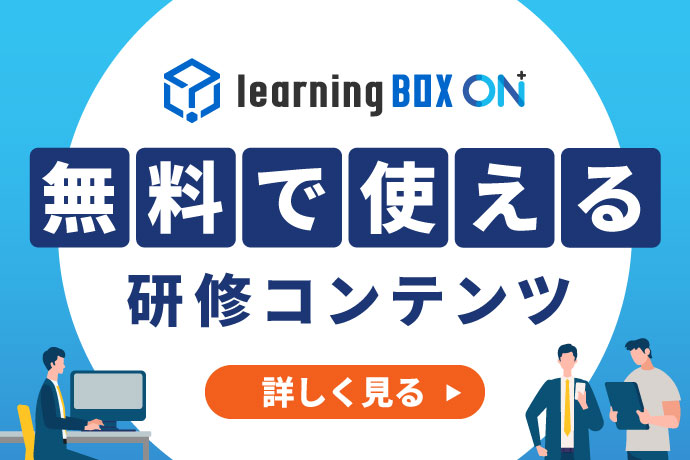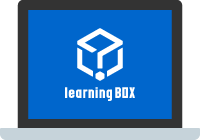How to Create a Manual for Work
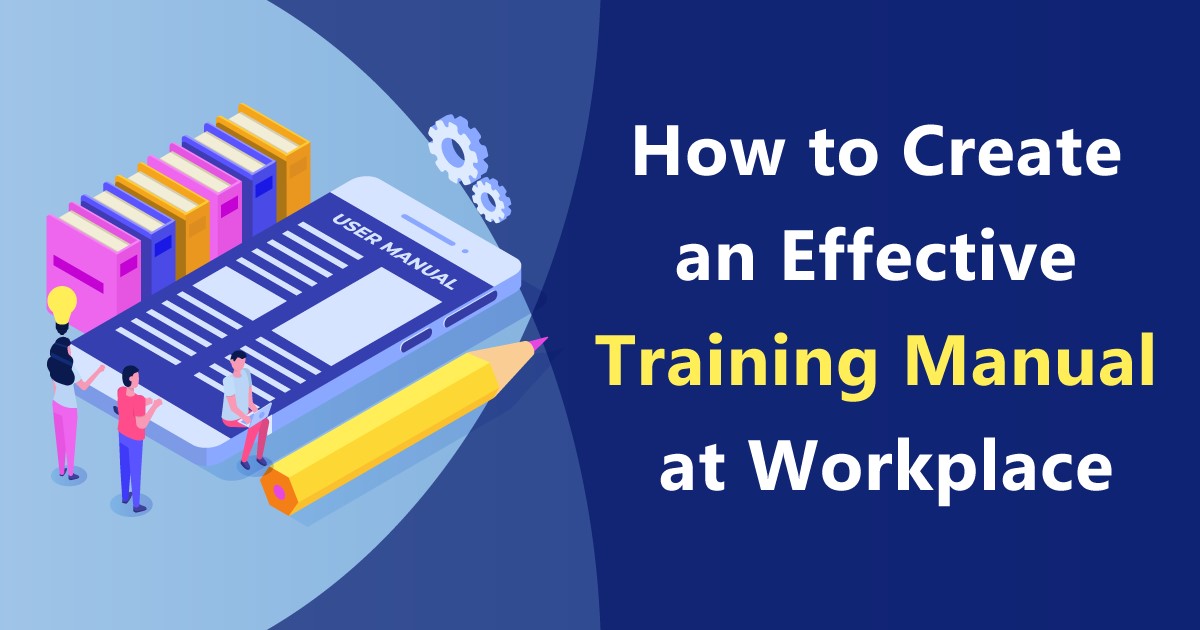
Manuals are important to standardize the quality of work regardless of the level of employees. Manuals are also indispensable for efficient work execution and employee skill improvement. However, there are many managers and executives who understand the need for manuals but do not have the knowledge to create them.
This article will explain the steps, tips, and essential tools for creating an effective manual. If you are thinking of creating a manual or refreshing its content, please continue reading to the end.
What is a manual?
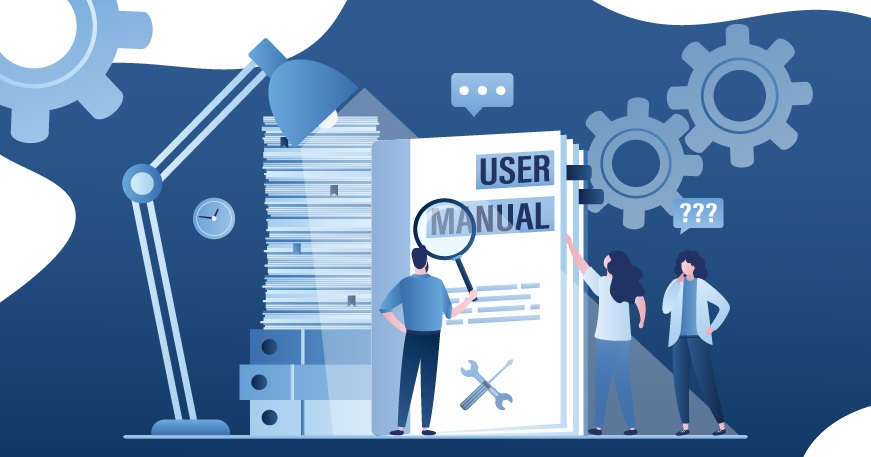
A manual is a document that summarizes in a single document the procedures and points to be followed in performing a certain task. It is used to prevent mistakes while ensuring that everyone involved in the work achieves the same results, and is essential for standardizing and systematizing the work. The manual enables new employees and transferred employees to perform their duties quickly and accurately while maintaining the quality of their work.
Differences from Procedures
Although the term "procedure manual" refers to a meaning similar to that of a manual, the fundamental nature of the two is different. The following table confirms this.
| manual | process document | |
|---|---|---|
| role | Provide an overview, background, and rationale in addition to the work procedures | Be specific about the procedure. |
| contents | A document that comprehensively outlines the procedures for the smooth running of the entire operation. It provides a wide range of information, including flow, know-how, and rules for the entire business. | A document that outlines specific work procedures. The work procedures are described in detail and the process and work procedures are summarized. |
| Scope of Entry | overall business | Specific tasks that break down operations |
The key point is that manuals are summarized for the entire operation, whereas the scope of a procedure manual is a specific task that breaks down the operation.
Why do we need a manual?
So, why is a manual necessary for the execution of business? There are four main reasons
Improved business efficiency
Time and effort spent on work errors and rework during operations are reduced, leading to increased operational efficiency.
Improvement of business quality
Since the work flow is clarified, work omissions and quality variations are reduced, and stabilization and improvement of work quality can be expected.
Preventing Genralization
The manuals will help to prevent the division of work by clearly stating work procedures, tips, and rules. The manuals will help standardize work procedures because they will be shared.
Improve efficiency of human resource development
By quickly communicating necessary information, newly assigned personnel can learn skills and adapt to the organization more efficiently, enabling them to get to work earlier.
Back to ContentsProcedure for creating a manual

The following is a description of the actual manual creation process. The process is divided into the following five steps
STEP1: Clarify the purpose and users, and determine the scope of coverage.
The first step in creating a manual is to clarify what the purpose of the manual is and who will use it. Clarifying these two points is the key to correctly selecting the necessary information for the manual and creating a manual with content appropriate to the level of the user.
Once the purpose and users have been clarified, the next step is to determine the scope of the manual. By clarifying the scope in line with the purpose of the operation, such as "training for new employees" or "materials for those newly assigned to a department," it will be easier to ensure that the manual will be fully effective.
STEP 2: Set a schedule for completion.
Once you have decided on the manual to be created, determine a schedule for its completion. First, calculate backward from the date you want to release the manual to determine the time and man-hours required, and set deadlines for each process.
By setting a schedule that takes into account the time that can be spent on manual preparation out of the overall work, the work can proceed without difficulty. For example, if the manual is for new employees joining in April, it should be completed by February or March.
STEP3: Organize and summarize work content and work procedures
Organize the tasks and work procedures to be described in the manual. By grouping related tasks and procedures and clarifying the relationship between them, it is possible to check for omissions and duplication, and to select and discard information.
STEP4: Create a draft composition and finalize the table of contents.
In order to make the entire manual easy to understand, decide on the overall structure that will serve as the framework. The trick is to identify everything you want to convey in the manual, and then systematically create a proposed structure.
Once the table of contents is in place and the overall structure is determined, you will be able to see where in the manual the information organized in STEP 3 should be applied.
Also, by confirming with those involved and responsible for creating the manual once the structure has been finalized, rework after the text has been created will be reduced and work can proceed more efficiently.
STEP5: Prepare the text of the manual
Once the structure and table of contents are completed, it is time to finalize the contents of the manual, describing specific tasks and instructions based on the structure in STEP 4. By effectively incorporating not only text but also diagrams and tables, the content will be easy for the reader to understand.
Back to ContentsKey Points for Manual Preparation and Operation
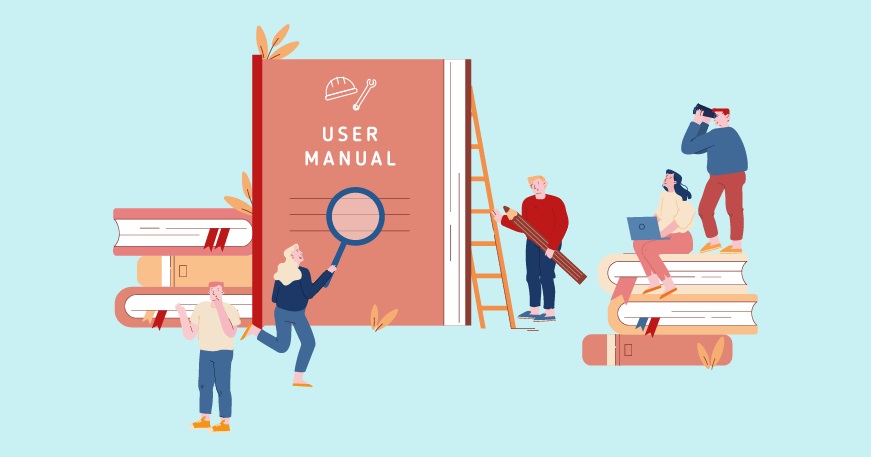
An important aspect of creating a manual is to make sure that the content is easy for the reader to understand. If the content is too difficult to understand, it will be difficult to gain the necessary skills effectively. Here are six points to consider when creating an easy-to-understand manual.
Be aware of the 5W1H
When creating a manual, be aware of the 5W1H: "When: When," "Where: Where," "Who: Who," "What: What," "Why: Why," and "How: How." If you create a manual with these six points in mind, the content will be easy to convey to others.
The actual readers of the manual are beginners in the relevant business. We aim for content that even someone unfamiliar with the work can understand how to proceed with the work just by reading the manual.
Tailor the writing style and content to the reader's level.
In creating a manual, it is also very important to adapt the style and content to the level of the reader. For example, if the reader is a new employee, it will be difficult for him/her to accurately understand technical terms and industry-specific rules that only a seasoned industry expert would understand.
To avoid these concerns, it is important to keep in mind that the content should be "easy to understand for anyone to read.
Clarify the important points.
The nature of a manual is that it must cover all necessary information, and the amount of text tends to increase. The more information a manual contains, the harder it is for the reader to see the important points and the more difficult it is for the reader to understand.
Therefore, be sure to emphasize important points by bolding, redacting, or increasing the size of the text. Incorporating bullet points and numbering is also effective.
Describe the purpose for which the manual was created.
In order for the reader to accurately understand the contents of the manual and make use of it in practice, it is necessary for the reader to understand "the purpose for which the manual was created. When creating a manual, be sure to include the purpose of the manual.
Without a rationale as to why the manual should be followed, the reader may unconsciously disregard the contents of the manual. It is important to provide reasons such as, "We have made many mistakes in the past without a manual," to effectively convey your intentions.
Utilize diagrams and illustrations.
When creating a manual, try to make the content visually easy to understand by inserting diagrams and illustrations as much as possible. When conveying complicated procedures or detailed content, information may not be immediately accessible using text alone. Using diagrams and illustrations as appropriate will make the manual easier to read and understand.
Operate and improve the manual
After the manual is completed and distributed to those involved in actual operation, improvements should be made while using the manual. When the first completed manual is actually put into operation, there is a possibility that omissions in the content or situations that were not envisioned when the manual was created will appear. It is necessary to make improvements as appropriate and update the manual to a higher degree of completeness.
Back to ContentsPlatform is efficient for centralized management from manual creation to operation

Proper operation of the manual after its creation and publication is very important. By using a platform, you can improve accessibility to your manuals, and users will be able to view them immediately when they need them. Let's take a look at the benefits that arise from the implementation of a platform.
Save time and money
Compared to operations with traditional paper or electronic manuals, the platform simplifies the sharing, updating, and management of information and provides a user-friendly environment for administrators and users. Printing, which is mandatory for paper manuals, can also be replaced by digital, thus saving costs.
Smooth updating and modification of manuals
Not only does this make it easy for anyone to update or change manuals, it also streamlines and optimizes operations by automatically notifying users of updates and changes and collecting improvements to manuals through a feedback function.
Depending on the platform you choose, there may be a function that allows you to create the manual itself, so choosing such a system is convenient because you can centrally manage everything from creation to operation.
What is learningBOX?
LearningBOX is a learning management system that provides all the functions necessary for training, including the creation and distribution of teaching materials, grading, and learner management. learningBOX is used not only as an LMS, but also as a platform for manual creation and operation by many people.
5 advantages of using learningBOX for manual creation and operation
- Easily create manuals in a wide variety of instructional formats, including video and PDF
- Manuals scattered throughout the company can be consolidated in the learningBOX for efficient, centralized management.
- Learning management function to monitor employee understanding and proficiency of manuals
- Tests can be created based on the manual and used for employee training.
- Can be used on multiple devices (PC, smartphone, tablet), allowing manuals to be checked and updated from any location
LearningBOX Application Examples
Here are two examples of how "learningBOX" is being used to create and operate business manuals.
No.1 Corporation
No.1 Corporation, which provides total support for the office environment, operational efficiency, and management environment surrounding small and medium-sized businesses throughout Japan, uses learningBOX for a wide range of purposes, including manual creation, in-house training, and preparation for certification exams.
Previously, manuals could only be viewed on paper when outside the office, but with the introduction of learningBOX, manuals can now be viewed on smartphones even when outside the office, leading to increased work efficiency.
Nac Corporation
NAC Corporation, which provides Kuricla, a home-delivery water service that is popular with private homes and businesses, has introduced learningBOX to improve and standardize the service level of its delivery staff.
By creating tests based on the manual and having delivery staff nationwide take them, we are working to deepen operational knowledge by going back to the manual. Through continuous testing, the test has spread throughout the company, and staff members feel that they are now able to engage in a positive approach to their work.
Back to ContentsSummary
In this issue, we explained how to create a manual, the procedures and key points.
The manual not only facilitates various tasks, but also helps to prevent the creation of a workforce by sharing work procedures, tips, and rules.
In addition, we recommend the introduction of tools to make manual creation and operation more efficient. "learningBOX is a platform that is easy for anyone to use and reduces the "hassle" and "cost" of manual creation.
The Free Plan allows up to 10 accounts, including the administrator, to use almost all functions for free and indefinitely. Please feel free to contact us if you would like to try it out.
▼You may also like:
Back to Contents


-
Discover rich featuresService Guide
-
Feel free to contact usGet in Touch
-
Try our Free PlanTry Free Plan





